Research on the requirement decomposition and test verification for vehicle data security
DOI: 10.23977/jeis.2023.080615 | Downloads: 19 | Views: 1522
Author(s)
Yujia Li 1, Xianzhao Xia 1, Hanbing Wu 2, Lei Liu 1, Rui Zhao 1
Affiliation(s)
1 CATARC Automotive Test Center (Tianjin) Co., Ltd., Tianjin, China
2 China Automotive Technology and Research Center Co., Ltd., Tianjin, China
Corresponding Author
Yujia LiABSTRACT
While data is considered as new production factors in various scenes of the automotive industry. The data interaction of vehicles also raises a significant amount of data security risks and issues. The vehicle development process needs to be considerate of satisfying data security requirements. The main objective of this paper is to investigate a method for decomposing vehicle data security requirements so that they can be met at different levels of the system during development. A principle of data grading is proposed in this paper, enabling the quantitative classification of vehicle data. Meanwhile, the process of test verification on basis of decomposing requirements is also the subject of this paper. Tests can be derived directly from the requirements at the finest level. The coverage analysis of requirements is explored integrating the impact of data classification, requirements decomposition and test results. This paper is useful for vehicle developers to conduct development and test verification for data security requirements.
KEYWORDS
Vehicle data security, requirement decomposition, test verificationCITE THIS PAPER
Yujia Li, Xianzhao Xia, Hanbing Wu, Lei Liu, Rui Zhao, Research on the requirement decomposition and test verification for vehicle data security. Journal of Electronics and Information Science (2023) Vol. 8: 121-131. DOI: http://dx.doi.org/10.23977/10.23977/jeis.2023.080615.
REFERENCES
[1] Zhang L , Xing X , Chang X ,et al.Research on Data Segmentation Technology of Grid-Connected Test System for New Energy Plants[C]//Student Conference on Electrical Machines and Systems.2020.
[2] E. Hull, K. Jackson, and J. Dick, "Requirements Engineering", 3rd ed., Springer-Verlag London, 2011.
[3] A. Lucia, A. Qusef, "Requirements Engineering in Agile Software Development", Journal of Emerging Technologies in Web Intelligence. 2, doi: 10.4304/jetwi.2.3.212-220, 2003.
[4] Y. Chen, H. Miao, "Integrating object-oriented methods and formal methods for requirement engineering", Journal of Harbin Institute of Technology (New Series). vol. 11, 2004, pp. 295-299.
[5] T. Weilkiens, J. Lamm, S. Roth, and M. Walker, "Model-based system architecture", Wiley, 2016.
[6] G. Madzar, "Anforderungen vs. Architektur - Das SYSMOD ZIGZAG Pattern", url: https://medtech-ingenieur. de/anforderungen-vs-architekturdas-sysmod-zigzag-pattern (visited on 02/02/2023).
[7] X. Zhu, H. Xue, "Study on Domain Ontology Model Based on Requirement Decomposition", Journal of Computer Applications, 2003(06).
[8] C. King et al., "Automated Function Assessment in Driving Scenarios". In: 2019 12th IEEE Conference on Software Testing, Validation and Verification (ICST), doi: 10.1109/ICST.2019.00050. 2019, pp. 414–419.
| Downloads: | 13850 |
|---|---|
| Visits: | 586892 |
Sponsors, Associates, and Links
-
Information Systems and Signal Processing Journal
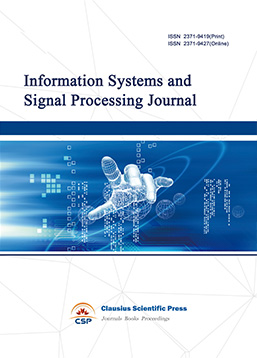
-
Intelligent Robots and Systems
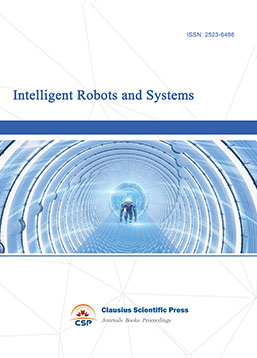
-
Journal of Image, Video and Signals
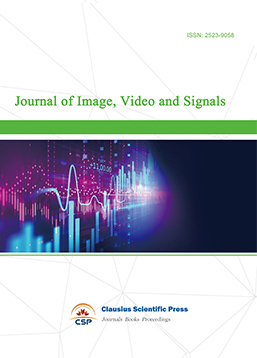
-
Transactions on Real-Time and Embedded Systems
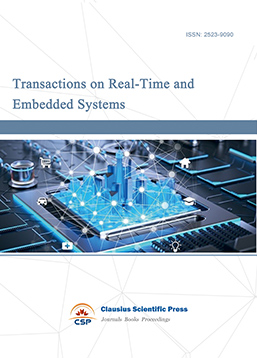
-
Journal of Electromagnetic Interference and Compatibility
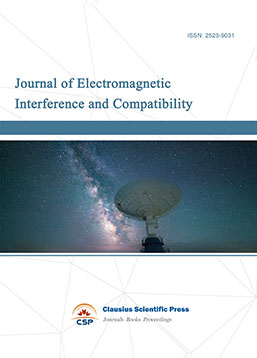
-
Acoustics, Speech and Signal Processing
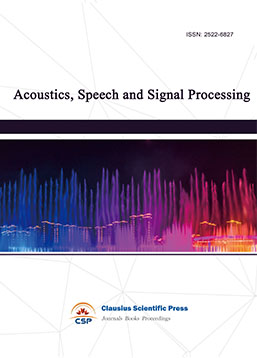
-
Journal of Power Electronics, Machines and Drives
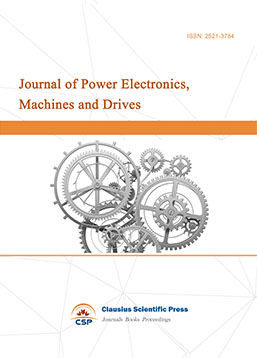
-
Journal of Electro Optics and Lasers
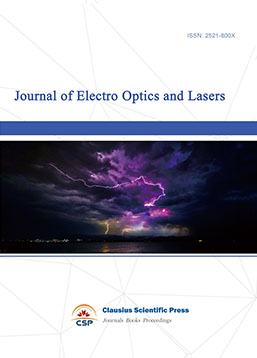
-
Journal of Integrated Circuits Design and Test
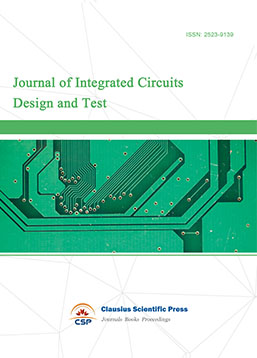
-
Journal of Ultrasonics
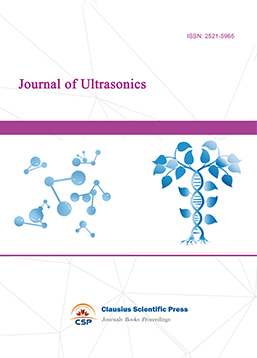
-
Antennas and Propagation
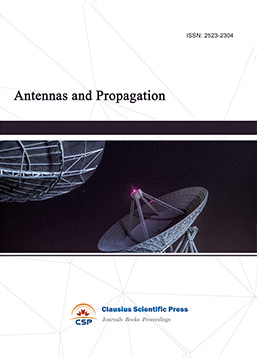
-
Optical Communications
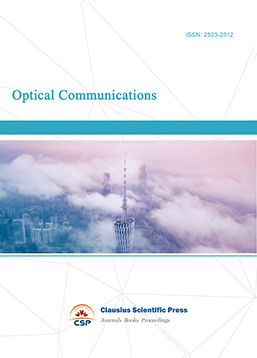
-
Solid-State Circuits and Systems-on-a-Chip
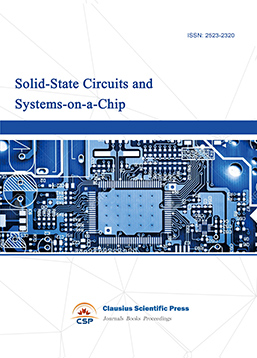
-
Field-Programmable Gate Arrays
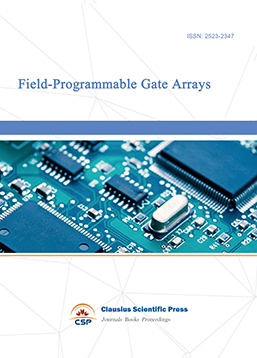
-
Vehicular Electronics and Safety
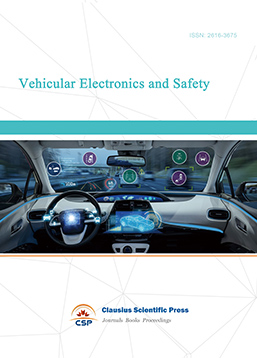
-
Optical Fiber Sensor and Communication
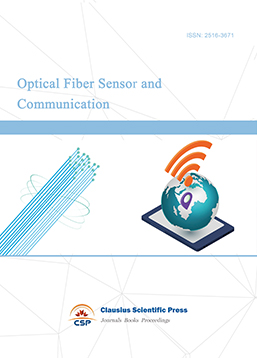
-
Journal of Low Power Electronics and Design
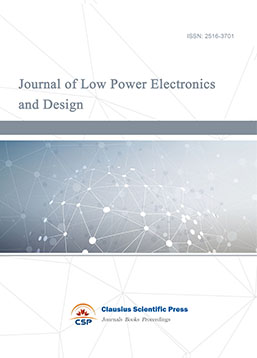
-
Infrared and Millimeter Wave
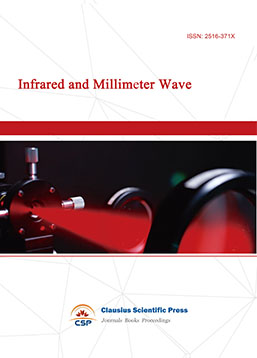
-
Detection Technology and Automation Equipment
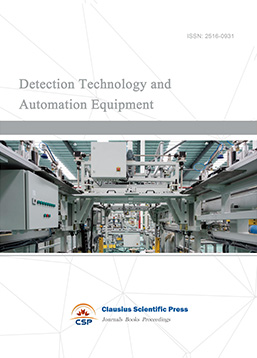
-
Journal of Radio and Wireless
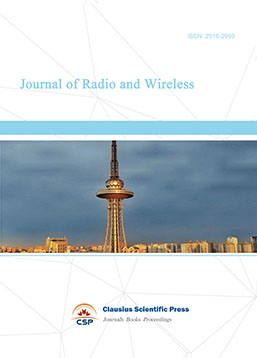
-
Journal of Microwave and Terahertz Engineering
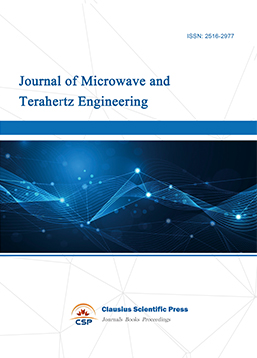
-
Journal of Communication, Control and Computing
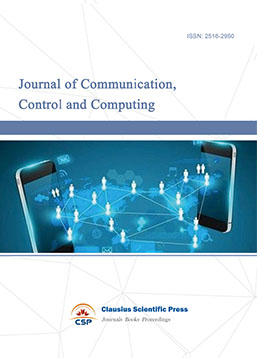
-
International Journal of Surveying and Mapping
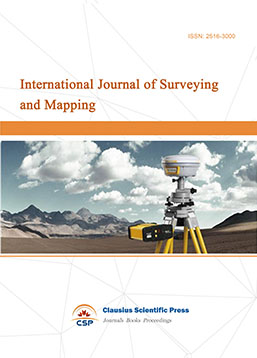
-
Information Retrieval, Systems and Services
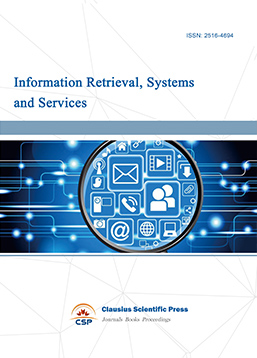
-
Journal of Biometrics, Identity and Security
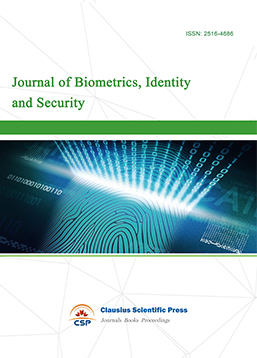
-
Journal of Avionics, Radar and Sonar
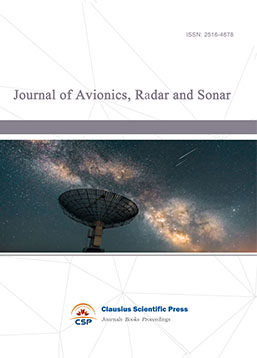

 Download as PDF
Download as PDF